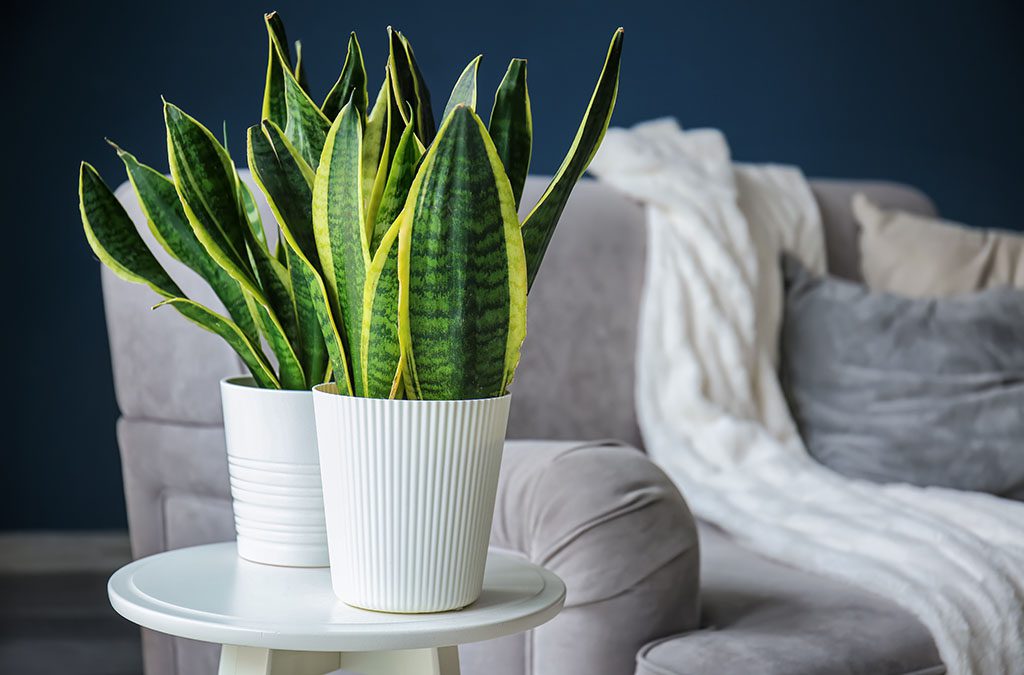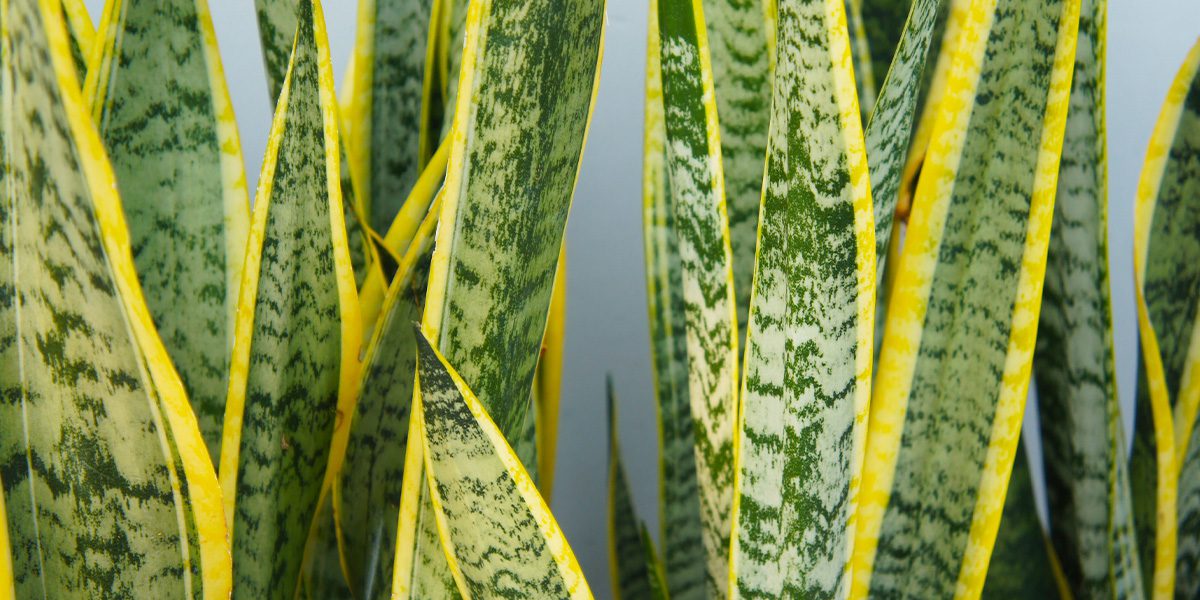The snake plant (Sansevieria or Dracaena trifasciata) is a popular houseplant cherished for its striking appearance and low-maintenance care requirements. Known for its resilience and numerous health benefits, this plant is an excellent addition to any indoor space. Here’s a look at why the snake plant is a favorite among plant enthusiasts and beginners alike.
1. Air Purification
One of the most well-known benefits of the snake plant is its ability to filter indoor air. It effectively removes toxins such as formaldehyde, benzene, and xylene, improving overall air quality. Unlike many other plants, the snake plant is one of the few capable of producing oxygen at night, making it a perfect choice for bedrooms to enhance sleep quality.
2. Low Maintenance
Snake plants thrive with minimal care, making them ideal for those with busy schedules or limited experience in plant care. They are drought-tolerant and can survive in a range of lighting conditions, from low light to bright, indirect sunlight. Additionally, they require infrequent watering, reducing the risk of overwatering, which is a common issue for many houseplants.
3. Improves Humidity
By releasing water vapor, the snake plant helps regulate indoor humidity levels. Maintaining proper humidity can alleviate issues such as dry skin, respiratory problems, and allergies caused by overly dry air, contributing to overall well-being.
4. Aesthetic Appeal
The snake plant’s tall, upright leaves and unique patterns make it a stylish addition to home or office décor. Available in various sizes and leaf designs, it offers versatility in placement, whether as a centerpiece or a complement to existing decor.
5. Boosts Mood and Productivity
Numerous studies suggest that having plants indoors can enhance mental well-being, reduce stress, and increase focus and productivity. The snake plant’s presence in a workspace or home setting can contribute to a more pleasant and efficient environment.
6. Natural Pest Repellent
Containing saponins*, the snake plant has natural insect-repellent properties. This can help deter pests such as mosquitoes, making it a functional choice for homes seeking a natural method to minimize bugs.
7. Adaptability
Another notable advantage of the snake plant is its ability to thrive in various environments, including those with fluctuating temperatures or low light. This makes it a suitable option for homes, offices, and other indoor spaces where other plants might struggle.

8. Pet Safety Precaution
While the snake plant offers numerous benefits for humans, pet owners should be cautious. If ingested, it can be toxic to cats and dogs, potentially causing nausea or vomiting. Keeping the plant out of reach of pets can help prevent any unwanted incidents.
Conclusion
The snake plant is more than just an attractive houseplant—it is a practical, health-enhancing addition to any indoor space. With its air-purifying properties, low maintenance, and ability to boost mood and humidity levels, this resilient plant is a must-have for anyone looking to enhance their living environment effortlessly. Whether you are a seasoned plant lover or just beginning your indoor gardening journey, the snake plant is an excellent choice for both beauty and function.
Additional Information:
5 Houseplants for Beginners
A Guide to Advanced Indoor Plant Care
Houseplants as Living Decor

*Saponins are a class of naturally occurring chemical compounds found in various plant species. They are known for their soap-like properties, as they create foam when mixed with water. These compounds serve multiple functions in plants, including acting as a natural defense mechanism against pests and microbes.
Key Characteristics of Saponins:
- Natural Pest Repellent: Saponins deter insects and herbivores due to their bitter taste and potential toxicity to some pests.
- Antimicrobial Properties: They help protect plants from fungi, bacteria, and other pathogens.
- Foaming Ability: When shaken with water, saponins create a soapy lather, which is why they have been used in natural soap production.
- Found in Many Plants: Apart from the snake plant, saponins are present in foods like quinoa, beans, ginseng, and some herbs.
While saponins offer various benefits for plants, they can be mildly toxic to pets if ingested, which is why snake plants should be kept out of reach of cats and dogs.



